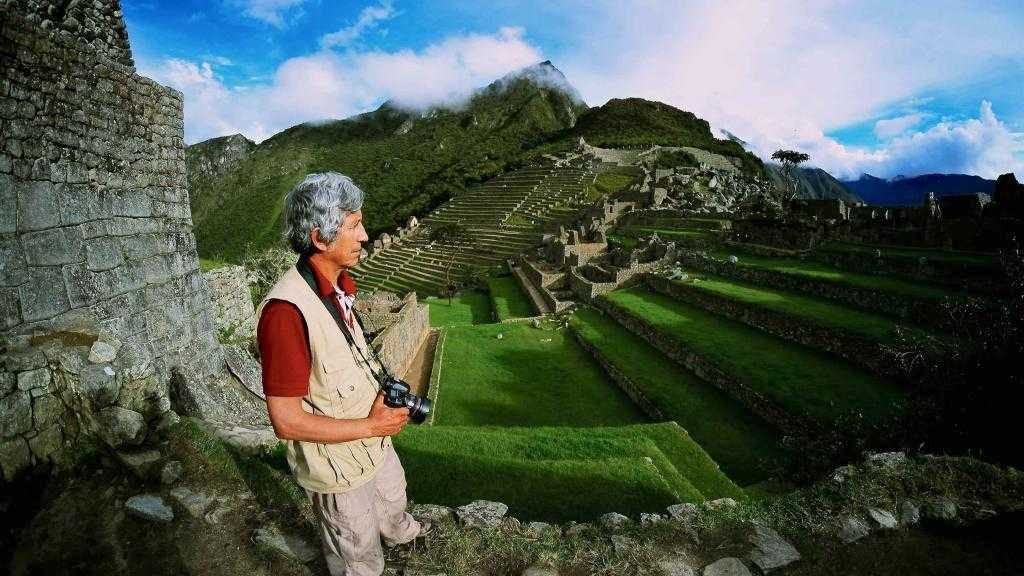
The UNESCO Chair in ICT to develop and promote sustainable tourism in World Heritage Sites at USI Università della Svizzera italiana is proud to present “Machu Picchu Seen Through the Eyes of Fernando Astete”, an international and interdisciplinary project for the creation of a website and photo archive, designed to increase awareness on the cultural and natural values of the World Heritage Site Machu Picchu and to allow tourists to get a deeper understanding of the richness and complexity of the management of such site.
The Historic Sanctuary of Machu Picchu is an ancient Inca city located in the Peruvian Andes, built around 1450 by emperor Pachacutec. It is one of the most important archeological sites in South America, but also a unique natural reservoir, with an incredibly rich and diverse flora and fauna ecosystem. It was inscribed to the UNESCO World Heritage List in 1983 as a mixed site, for both its outstanding cultural and natural values, representing both a tangible and intangible heritage.
Fernando Astete, on the other hand, is a Peruvian anthropologist and archeologist who, as Chief of the National Archeological Park of Machu Picchu from 1994 to 2019, dedicated more than thirty years of his life to the research, preservation, and conservation of the site, while regularly documenting his work with his camera, which overall produced more than 2’000 slides.
The “Machu Picchu Seen Through the Eyes of Fernando Astete” official website has the aim of witnessing his experience, unveiling the secrets of the site, and telling stories about the mystic and fascinating place of Machu Picchu. Fondo Fernando Astete, developed in collaboration with USI’s Iconoteca dell’Accademia di Architettura Mendrisio, is a collection of slides constituting the historical archive of Fernando and representing his efforts in safeguarding the collective memory of the archaeological and cultural identity of Peru.
The initiative was carried out in collaboration with the UNESCO Chair in Anthropology of Health (Biosphere and Systems of Heal) at the University of Genoa and Museum of Ethnomedicine A. Scarpa, and the Dirección Desconcentrada de Cultura de Cusco.
As stated by a crucial collaborator to the project, Swiss architect and anthropologist Adine Gavazzi, “that, to me is the essence of sustainable tourism – how it changes you, how it makes a better person out of you.”
Professor Lorenzo Cantoni, chair-holder of USI’s UNESCO Chair, pointed out that “this project helps to understand how digital preservation of a photo-archive and promotion of more sustainable and responsible heritage tourism can go hand in hand.”
Discover the website: https://www.machupicc.hu/
Discover the archive: https://iconoteca.arc.usi.ch/en/collection/1824
Fernando Astete on the preservation of Machu Picchu at USI: https://www.youtube.com/watch?v=neXVEUAtyU0